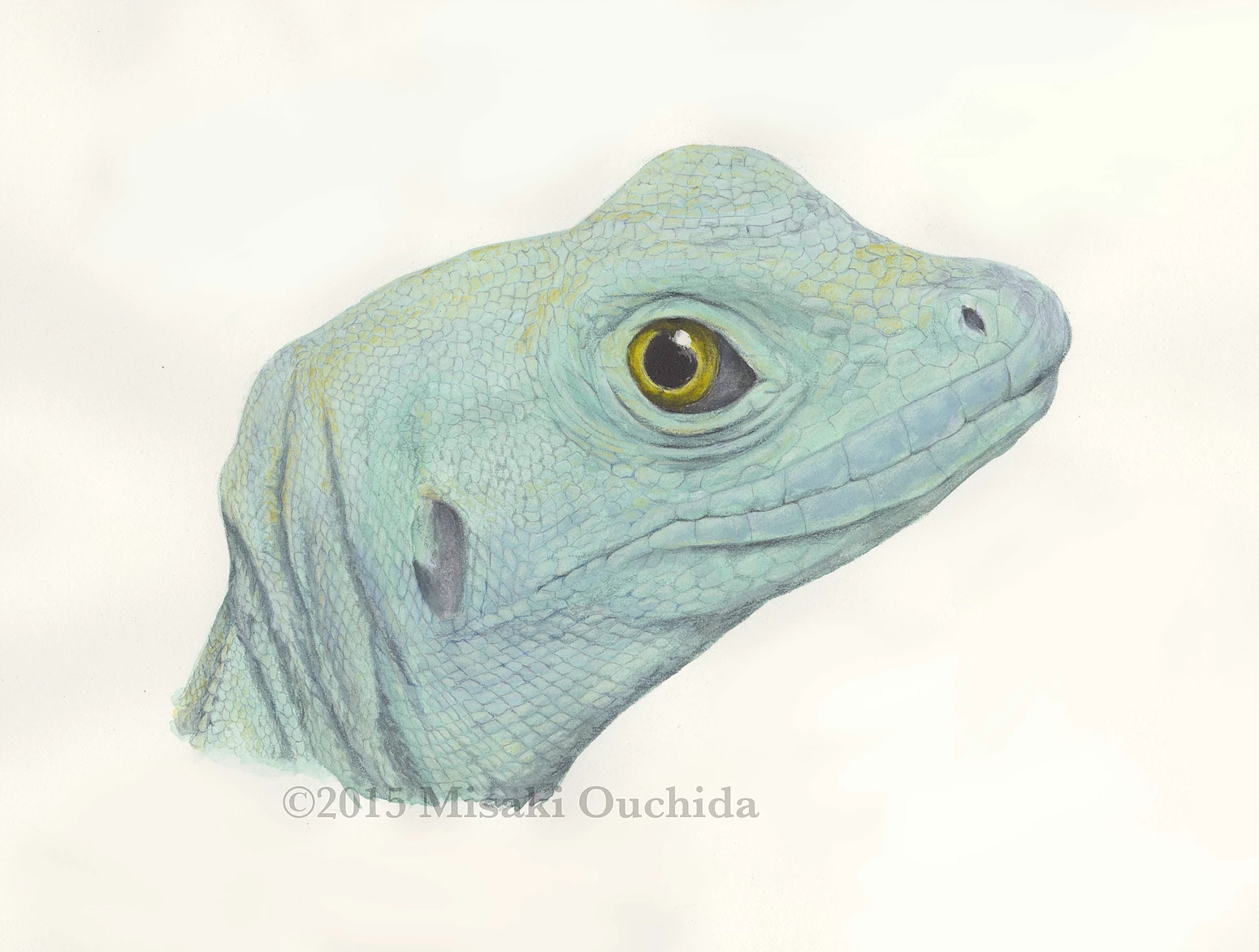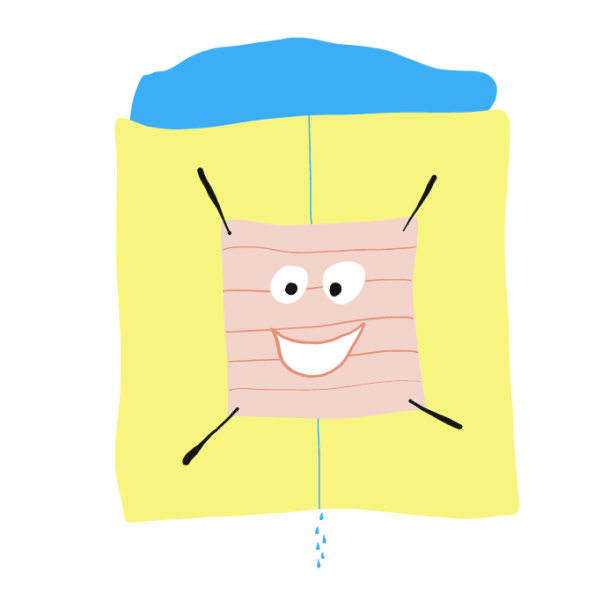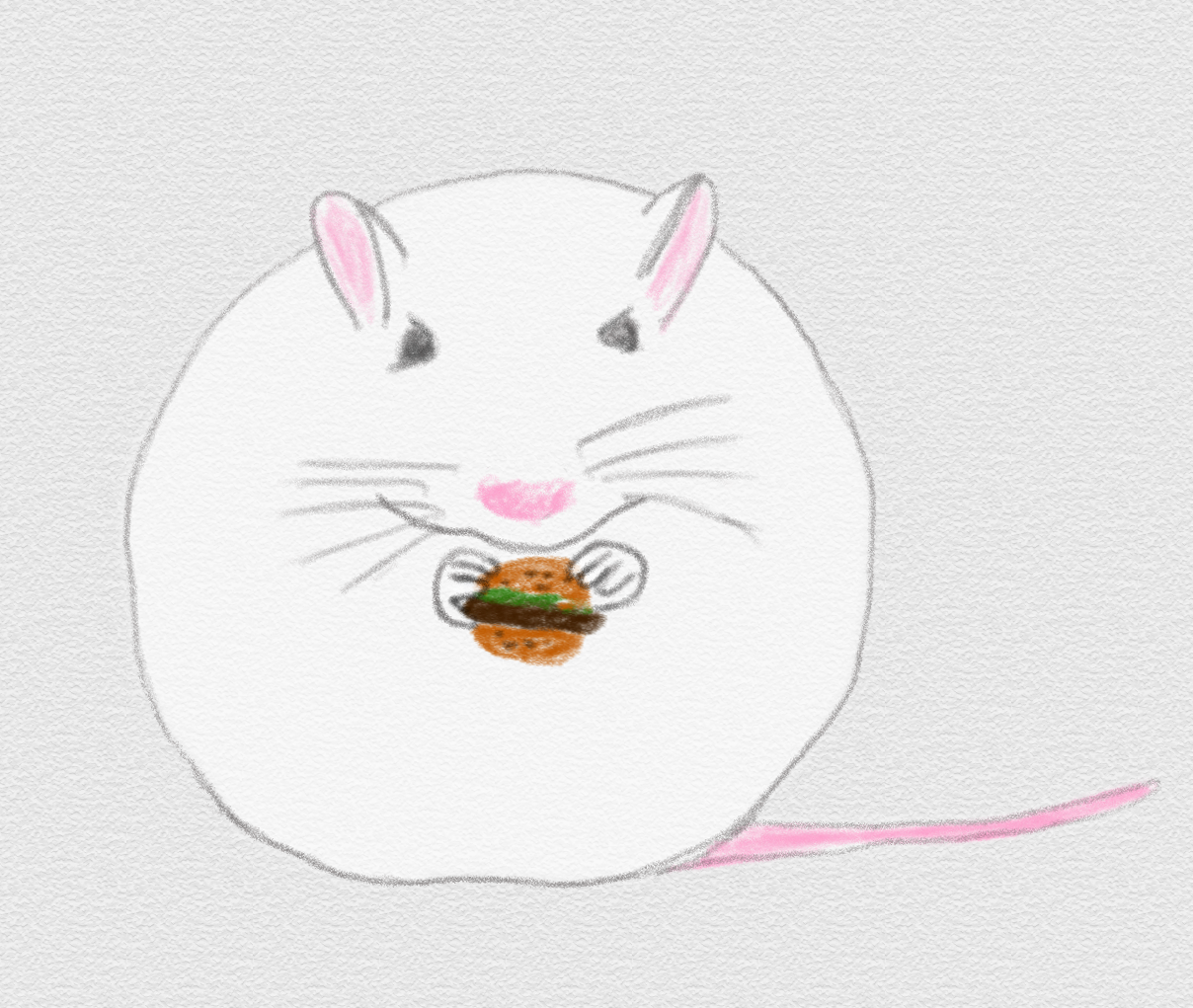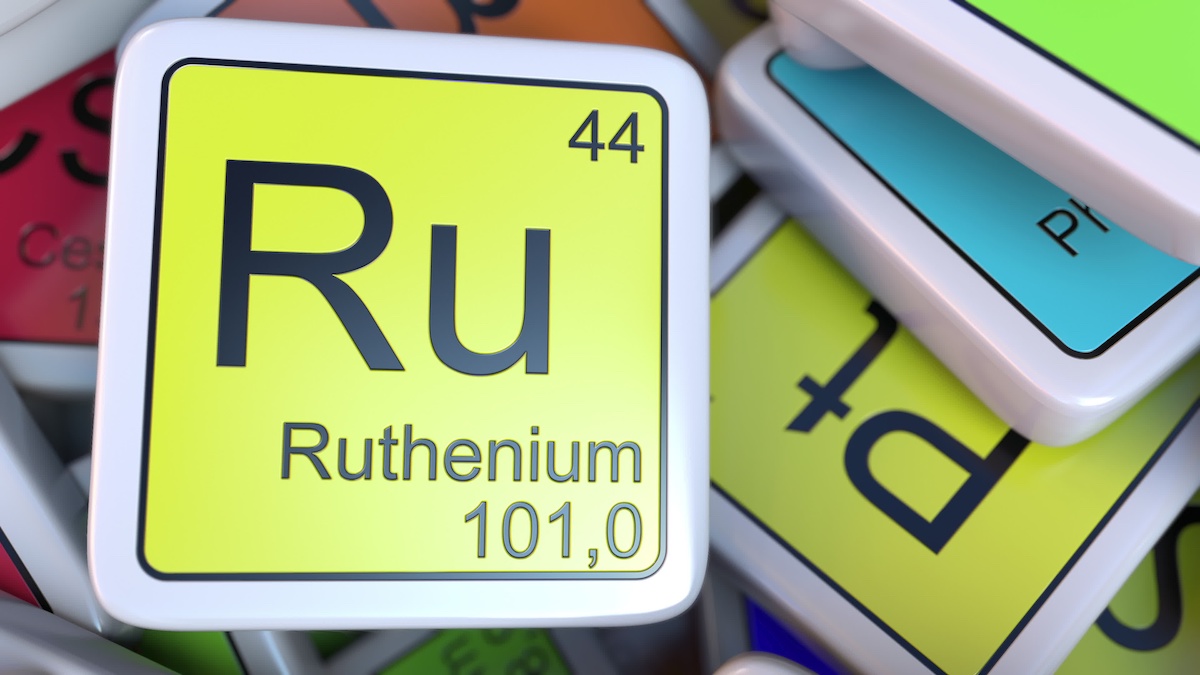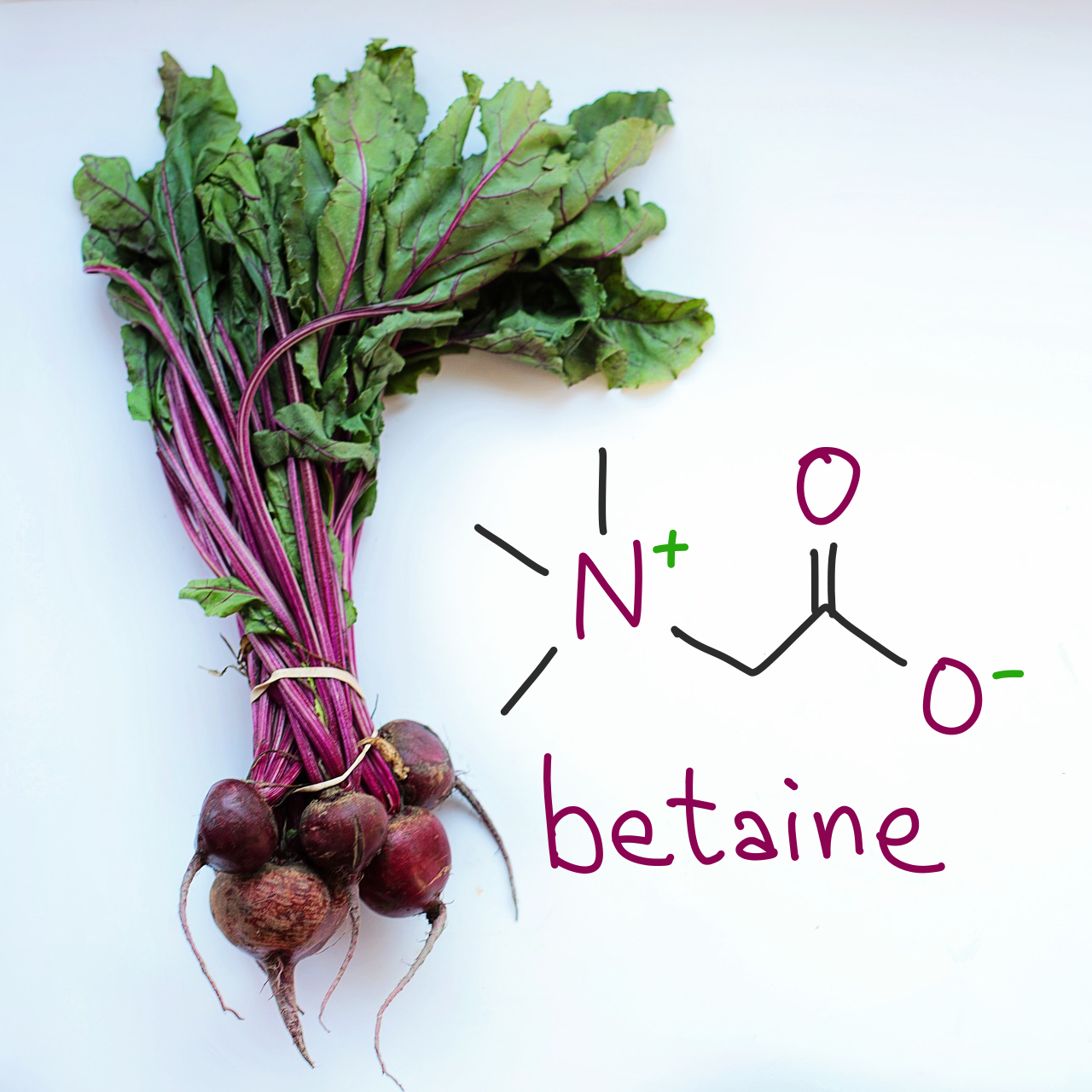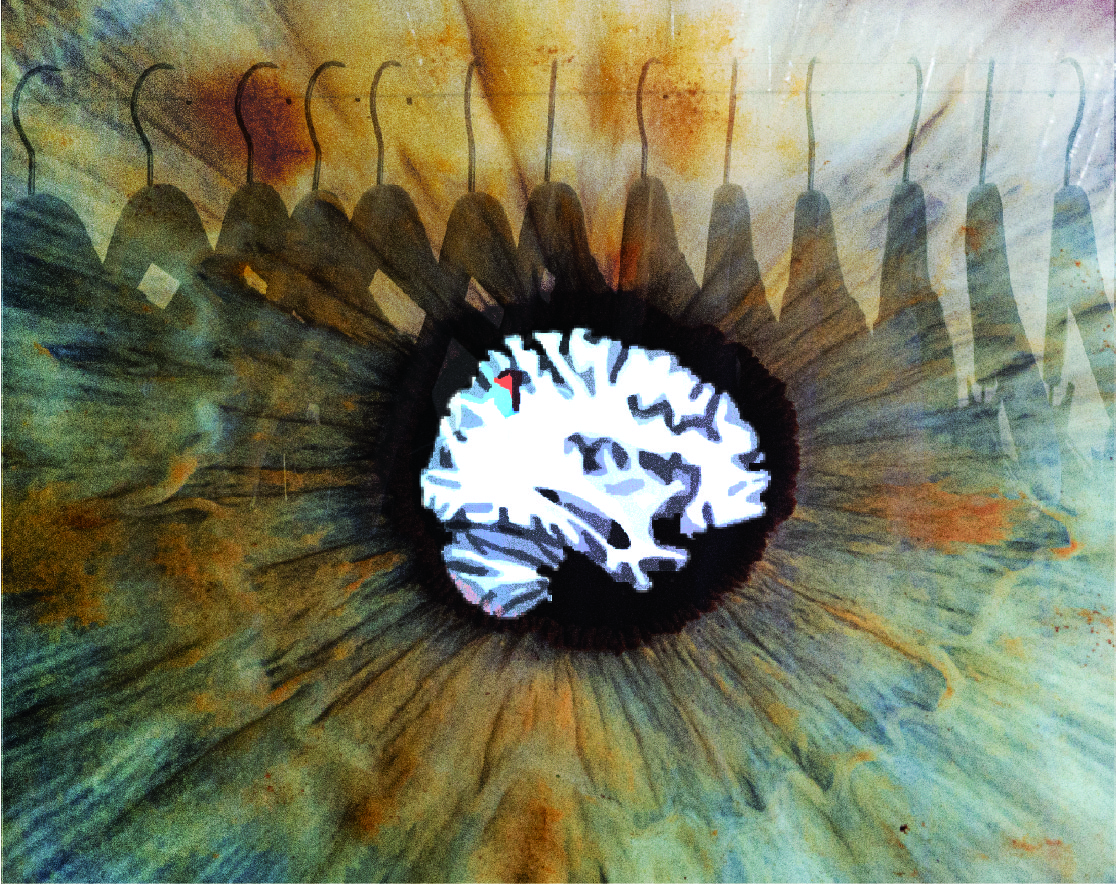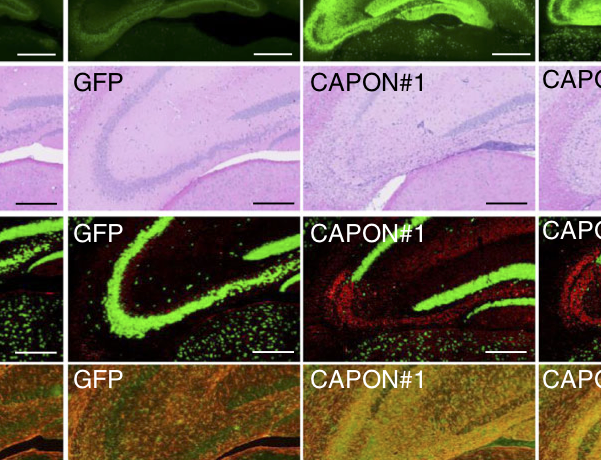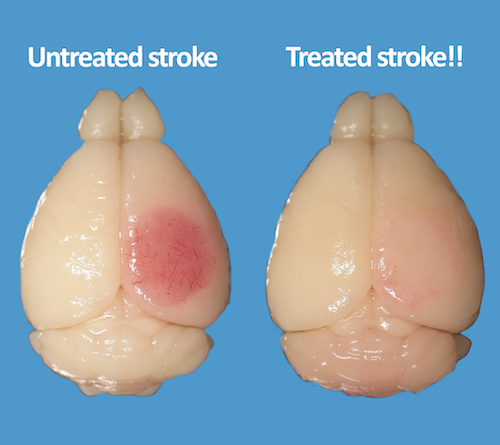Latest research animations
Self-assembly of spider silk
This gut microbe might protect against diabetes and reduce insulin resistance
NEW: One-way hydrogel guides motion of tiny worms!
Latest Posts
No Results Found
The page you requested could not be found. Try refining your search, or use the navigation above to locate the post.
Talking science Illustration with Misaki Ouchida
Cyborg microchip valve driven by earthworm muscle
Eating a high fat diet without getting obese?
New metalloenzyme system selectively targets cancer cells
Boosting betaine may be a treatment for schizophrenia
Gray matter volume links symptoms in autism
New mechanism allows lower energy requirement for OLED displays
CAPON links Alzheimer’s plaques to neurodegeneration
AdR blockers protect the brain from stroke damage
Jun
2
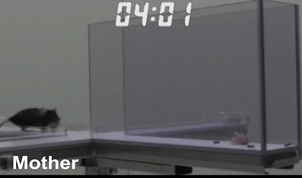
Why (mouse) mothers take risks to protect their infants
The calcitonin receptor and its ligand amylin act in the brain to motivate mouse mothers to protect their pups, even in risky/dangerous situations.
May
26
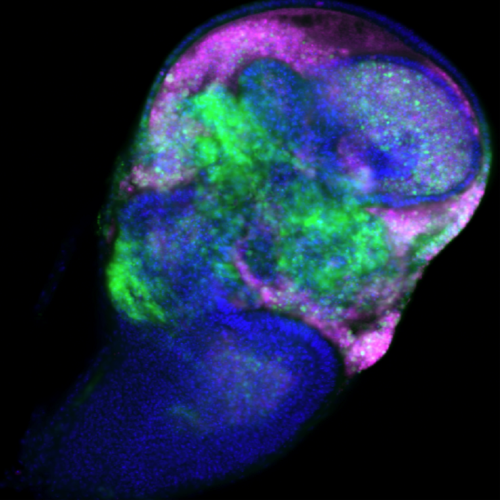
Dietary amino acid linked to cancer in flies
Researchers have found a dietary amino acid linked to oncogene expression / tumor formation; reduced consumption reduced cancer in flies.
Apr
30
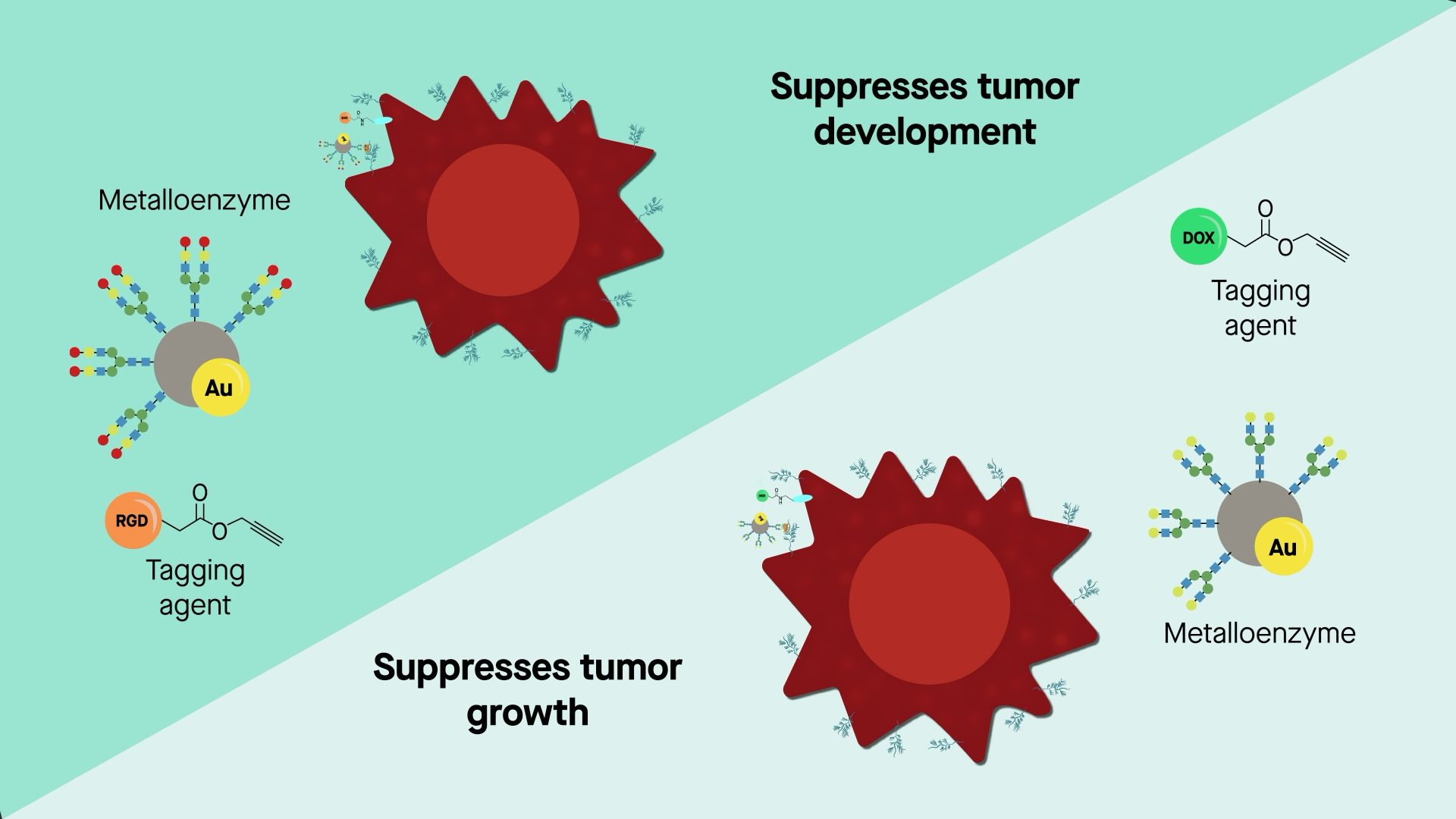
Cancer cells killed with artificial glycosylated metalloenzyme
Scientists have developed two cancer therapies that use an artificial glycosylated metalloenzyme to specifically target cancer cells in mice.
Apr
9
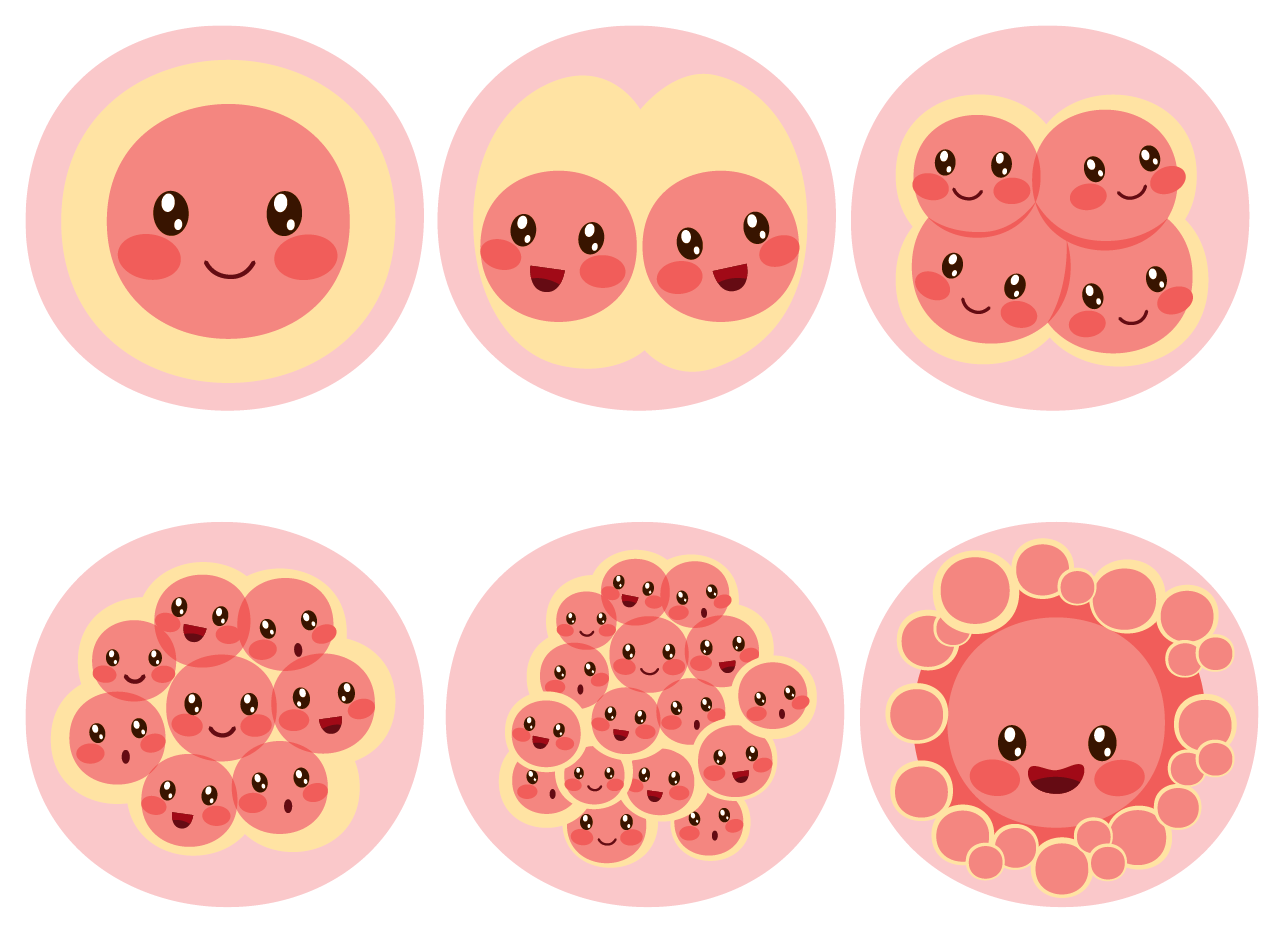
H2AK119ub1: How you inherit acquired traits from your mom
H2AK119ub1. Say that three times really fast! But seriously, it allows maternally acquired traits to be inherited.
Apr
8

COVID-19: Changing the way we do research
COVID-19 series — Part #4: Team Leader Aki Minoda from RIKEN IMS talks about how the pandemic has affected the way we work.
Mar
26

Telework: a societal game-changer
COVID-19 series — installment #3: Team Leader Osamu Sakura (@RIKEN Center for Advanced Intelligence Project) talks about how the pandemic has affected society through the need for telework.

